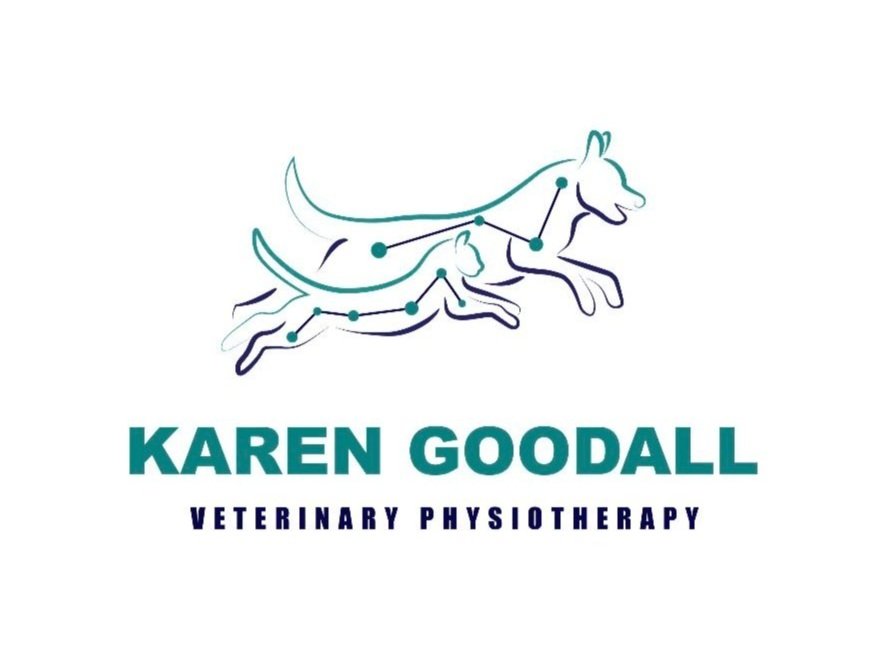Veterinary Physiotherapy? What is it and Why is it Necessary?
When I tell people what I do for a living I get a lot of surprised faces looking back at me saying ‘physiotherapy…….for animals?’ its just something that many people don’t hear about I guess. Physiotherapy is commonplace in human medicine and rightfully so. When people suffer from injury or disease the best service is expected from the facilities available, from diagnosis until a full, or at least the best possible, recovery is achieved. So why do we accept less for our animals?
Surgery or long term pain management is just the beginning, not always the complete solution – so don’t stop there. Physiotherapy could be the next step on the road to recovery.
Techniques include manual therapies, which encompasses a range of hands on techniques including massage, passive range of motion and myofascial triggerpoint techniques to increase suppleness of the soft tissues and improve joint movement. Electrotherapies also play an important role and include Low level laser therapy, Pulsed electromagnetic field therapy and Neuromuscular electrical stimulation, which between them have have variety of uses, from reducing muscle tension to providing additional pain relief and improving muscle mass to name a few. Of course there is always an exercise program of some sort, and these are always tailored specifically for each animal, but this is where you as owners can begin to get a little bit ‘hands on’ in your pets recovery and it really does makes all the difference.
Physiotherapy can be very beneficial in aiding recovery from many different orthopaedic surgeries by reducing pain, improving joint range of motion and weight bearing as well as balance and coordination. All important elements that contribute to your animal moving around comfortably and being able to enjoy daily activities. The home exercise program does mean getting involved and doing some exercises at home with your pet, but they can actually be quite fun for everyone involved and when you begin to see improvements you can sit back with your coffee and biscuit and proudly say ‘I played a part in making my dog better!’
Medically managed conditions can also benefit greatly, conditions such as hip/elbow dysplasia or osteoarthritis for example can respond well to increasing muscular strength which support the joints and can also help reduce pain and stiffness. Treating areas of secondary muscle tension, for example back pain is very common where lameness has been a concern, can have sometimes quite profound benefits and can make a real difference to the comfort of the animal and the quality of their movement.
Likewise, neurological conditions can also take advantage of the benefits of physiotherapy, whether your dog is medically managed or has had spinal surgery there are techniques to help. Working on proprioceptive techniques, which improve the animals awareness of limb position, can reduce knuckling and improve limb coordination and gently begins to rebuild muscle mass, which is so quickly lost in these cases.
If your animal is insured for the condition being treated then usually the costs are claimable under the insurance policy (please check your individual policy to be sure) so it doesn’t even have to cost you any extra……what are you waiting for?
If you have any questions or think your pet could benefit from physiotherapy please get in touch and I would be happy to discuss your individual case.

